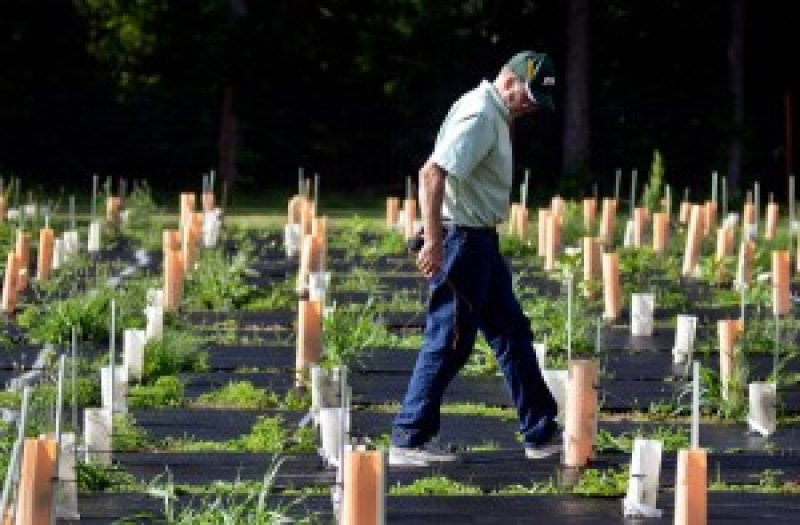The relationship between the US public and genetically modified organisms is a bit ambiguous. That may change thanks to work taking place in upstate New York. There, scientists are planning the return of an American icon in a genetically modified form. And if all goes according to plan, ten thousand GMO chestnut trees could be ready to plant in as little as five years.
Efforts to restore the tree initially focused on interbreeding with an Asian chestnut that’s resistant to the fungus. But resistance turned out to be complex, conveyed by a mix of seven different genes. That’s made it much harder to produce something that’s both resistant and primarily carries the American chestnut genome. The long generation time for trees has made matters worse.
Researchers at the SUNY College of Environmental Science and Forestry, however, thought it might be easier to engineer resistance. The fungus (Cryphonectria parasitica) that infects the trees causes many of its lethal effects through a chemical called oxalic acid. Many plants carry genes that break oxalic acid down to simpler chemicals. Why not simply insert one of these genes into the American chestnut?
The researchers started with a gene that’s already been field tested in humans: the wheat version of oxalate oxidase. To get it into chestnuts, they inserted it into a special piece of DNA carried by a bacteria that infects plants. When these modified bacteria were given a chance to infect chestnut cells, instead of inserting their own DNA, they’d now insert the wheat gene, providing the American chestnut with a protection it currently lacks. The chestnut cells could then be treated with a combination of chemicals that trigger them to act like an embryo, causing them to grow roots and a stem.
Read full original article: GMO trees could rescue American chestnut from invasive fungus































